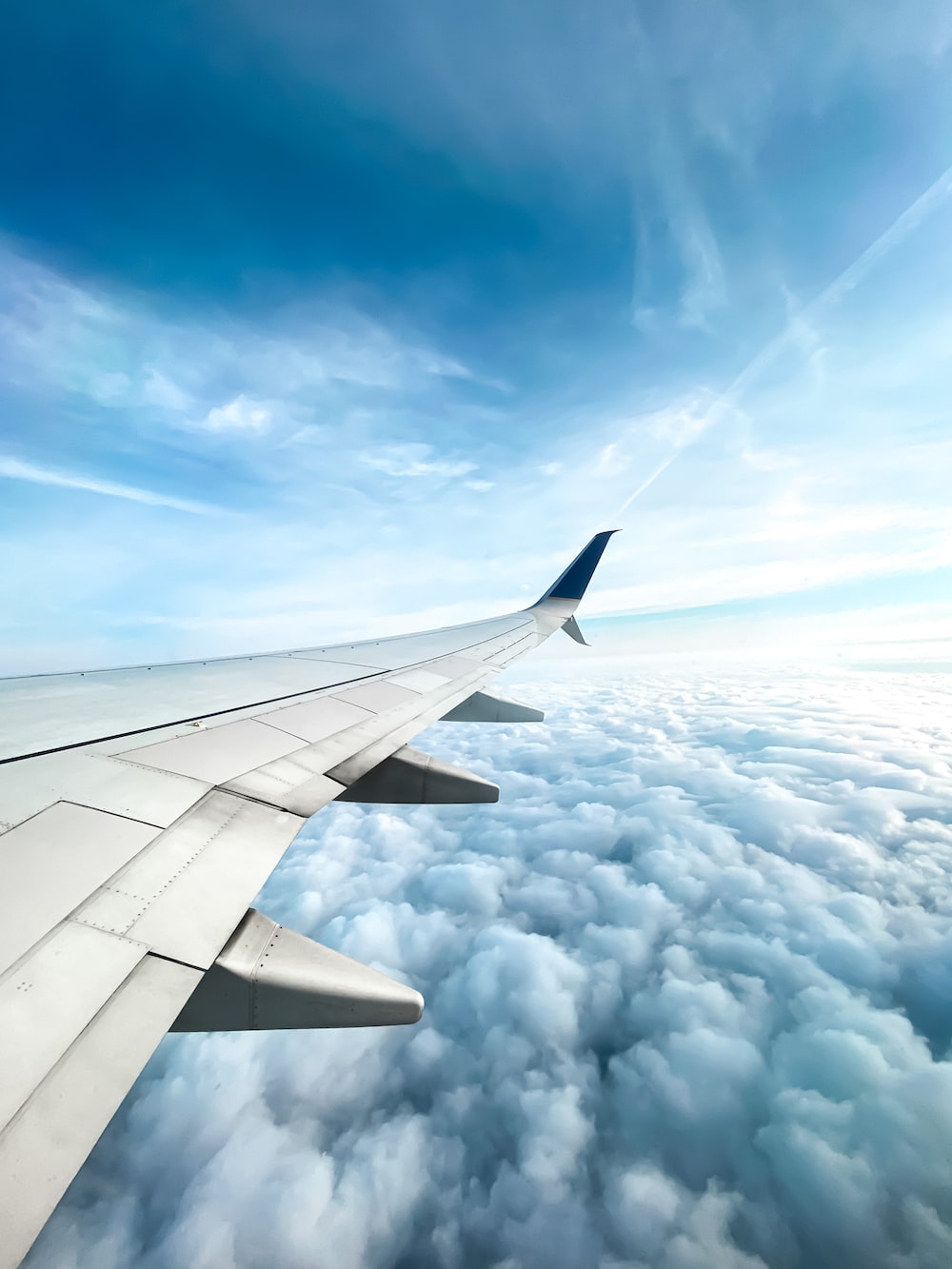Introduction
In the grand tapestry of human achievement, few innovations have captured our collective imagination like the ability to take flight. From the dreams of ancient civilizations to the modern marvels of aviation, the concept of soaring above the Earth has been a testament to our relentless pursuit of progress. In this article, we delve into the world of flight, exploring its history, technological marvels, and the magic of taking to the skies.

The Pioneers of Flight
Before we embark on our journey through the skies, let’s pay homage to the pioneers who made human flight a reality:
1. The Wright Brothers
- Wilbur and Orville Wright are credited with inventing and building the world’s first successful powered aircraft. On December 17, 1903, they achieved the first controlled, sustained flight in Kitty Hawk, North Carolina, ushering in the era of aviation.
2. Amelia Earhart
- This trailblazing aviator became the first woman to fly solo across the Atlantic Ocean in 1932. Her daring spirit and determination inspired generations of female pilots.
3. Charles Lindbergh
- Lindbergh’s nonstop solo flight across the Atlantic in 1927 earned him worldwide fame and marked a significant milestone in aviation history.
4. Yuri Gagarin
- In 1961, Soviet cosmonaut Yuri Gagarin became the first human to journey into space, symbolizing humanity’s boundless potential for exploration.

5. Neil Armstrong
- “That’s one small step for man, one giant leap for mankind.” Neil Armstrong’s iconic words as he became the first person to set foot on the moon in 1969 remain etched in history.
The Modern Marvels of Aviation
Fast forward to today, and the world of flight has evolved into a dazzling array of technological marvels:
1. Commercial Aviation
- Commercial airliners now offer unparalleled comfort and safety, connecting people and cultures across the globe. Airbus A380 and Boeing 787 Dreamliner are just a few examples of engineering brilliance.
2. Supersonic Travel
- The Concorde, though retired, remains a symbol of supersonic flight. Companies like Boom Supersonic are working on the next generation of supersonic passenger aircraft.
3. Unmanned Aerial Vehicles (UAVs)
- Drones have revolutionized industries from filmmaking to agriculture. They are also invaluable tools for search and rescue operations.

4. Space Exploration
- Humanity’s reach extends beyond our planet. SpaceX, NASA, and other space agencies are actively working on missions to Mars and beyond.
The Magic of Flight
1. Freedom and Adventure
- Flight provides an unparalleled sense of freedom and adventure. Whether it’s a leisurely hot air balloon ride or soaring through the sky in a fighter jet, the possibilities are endless.
2. Bridging Distances
- Flight has made the world smaller, bringing distant cultures and communities within reach. It has transformed the way we do business and connect with loved ones.
3. Scientific Discovery
- Aviation has not only unlocked the mysteries of the skies but has also contributed to scientific breakthroughs, including weather forecasting and climate research.
Conclusion: Embracing the Skies
The art of flight is a testament to human ingenuity, courage, and the unquenchable thirst for exploration. From the early pioneers who dared to dream of taking to the skies to the cutting-edge technology that defines modern aviation, flight has shaped our world in profound ways. As we continue to push the boundaries of what’s possible, let’s embrace the magic of flight and celebrate the boundless opportunities it offers to explore, connect, and reach for the stars.
